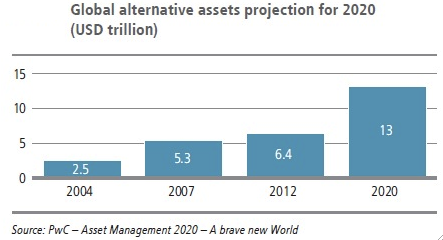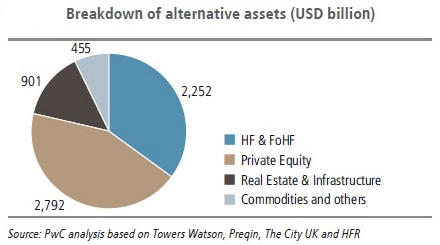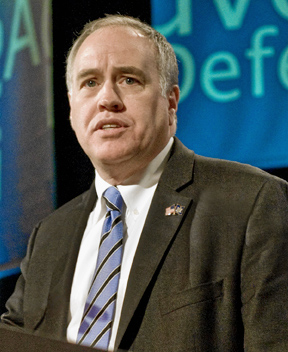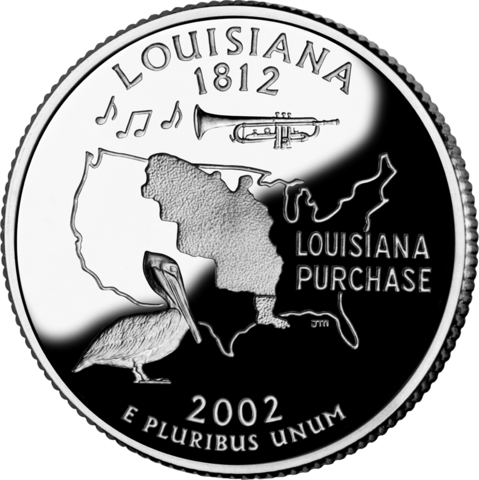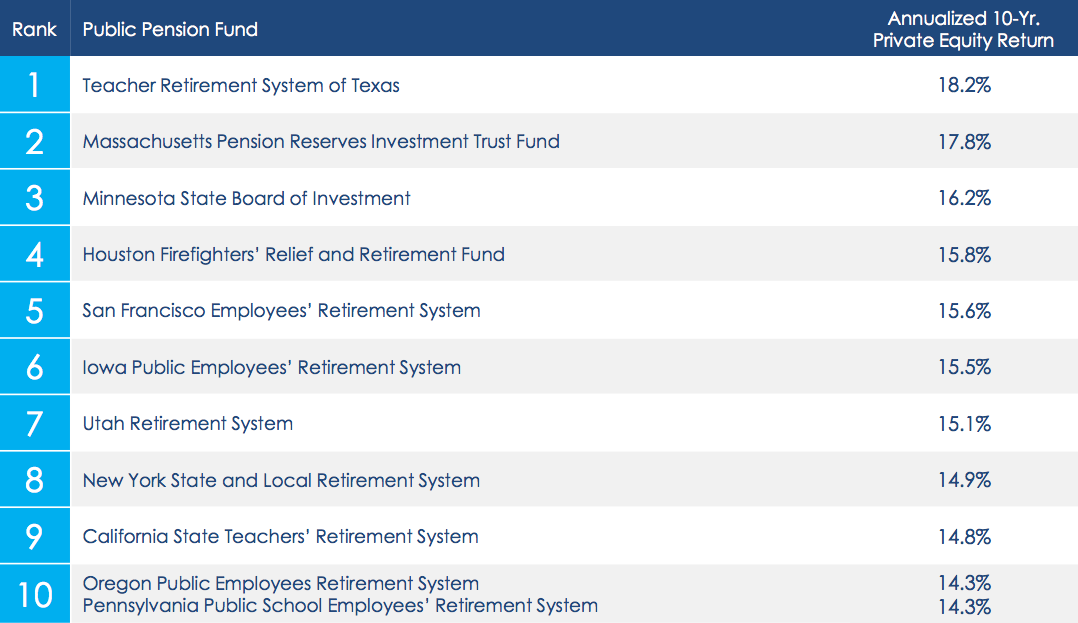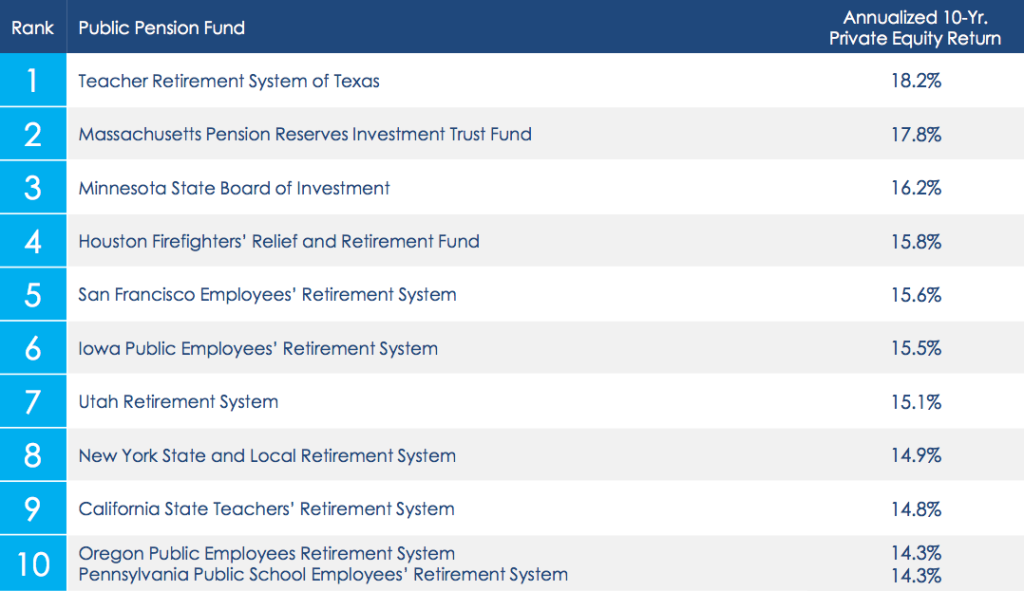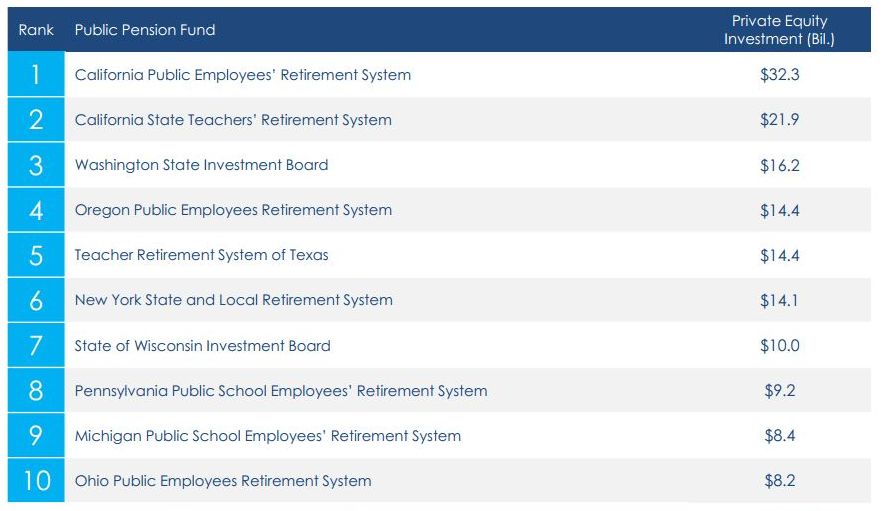http://youtu.be/gn7XSqZZanU
Over at Naked Capitalism, Yves Smith has posted an extensive analysis of the October 13th meeting of CalPERS’ investment committee.
At the meeting, the committee heard presentations from three consultants: Albourne America, Meketa Investment Group, Pension Consulting Alliance.
The meeting gets interesting when one committee member asks the consultants about “evergreen fees”.
[The exchange begins at the 34:30 mark in the above video].
From Naked Capitalism:
The board is presented with three candidates screened by CalPERS staff. Two, Meketa Investment Group and Pension Consulting Alliance, are established CalPERS advisors. There’s one newbie candidate, Albourne America. Each contender makes a presentation and then the board gets a grand total of 20 minutes for questions and answers for each of them. This isn’t a format for getting serious.
To make a bad situation worse, most of the questions were at best softballs. For instance, Dana Hollinger asked what the consultants thought about the level of risk CalPERS was taking in private equity program. Priya Mathur asked if the advisors could do an adequate job evaluating foreign managers with no foreign offices. Michael Bilbrey asked how the consultants kept from overreacting to positive or negative market conditions.
One board member, however, did manage to put the consultants on the spot. The answers were revealing, and not in a good way. The question came from J.J. Jelincic, where he asks about a particular type of abusive fee, an evergreen fee.
Evergreen fees occur when the general partner makes its portfolio companies, who are in no position to say no, sign consulting agreements that require the companies to pay fees to the general partners. It’s bad enough that those consulting fees, which in industry parlance are called monitoring fees, seldom bear any resemblance to services actually rendered. Over the years, limited partners have wised up a bit and now require a big portion of those fees, typically 80%, to be rebated against the management fees charged by the general partners.
So where do these evergreen fees come in? Gretchen Morgenson flagged an example of this practice in a May article. The general partner makes the hapless portfolio company sign a consulting agreement, say for ten or twelve years. The company is sold out of the fund before that. But the fees continue to be paid to the general partner after the exit. Clearly, the purchase price, and hence the proceeds to the fund, will have been reduced by the amount of those ongoing fees, to the detriment of the fund’s investors. And with the company no longer in the fund, it is almost certain to be no longer subject to the fee rebates to the limited partners.
[…]
Jelincic describes the how the response said that the fees are shared only if the fund has not fully exited its investment in the portfolio company. Jelincic asks if that’s an example of an evergreen fee, and if so, what CalPERS should do about it.
Naked Capitalism on the consultants’ responses:
The response from Albourne is superficially the best, but substantively is actually the most troubling. The first consultant responds enthusiastically, stating that CalPERS is in position to stop this sort of practice by virtue of having a “big stick” as the SEC does. He says that other funds aren’t able to contest these practices.
The disturbing part is where he claims his firm was aware of these practices years ago by virtue of doing what they call back office audits. That sounds implausible, since the rights of the limited partners to examine books and records extends only to the fund itself not to the general partner or the portfolio companies (mind you, some smaller or newer funds might consent). But the flow of the fees and expenses that the limited partners don’t know about go directly from the portfolio company to the general partner and do not pass through the fund. How does Albourne have any right to see that?
But if they somehow really did have that information, the implication is even worse. It means they were complicit in the general partners’ abuses. If they really did know this sort of thing and remained silent, whose interest were they serving? It looks as if they violated their fiduciary duty to their clients.
The younger Albourne staffer claimed a lot of the fees were disclosed in footnotes and that most limited partners have been too thinly staffed or inattentive to catch them. That amounts to a defense of the general partners and if Albourne really did know about these fees, Albourne’s inaction.
However, The SEC doesn’t agree with that view and they have the right to do much deeper probes than Albourne does. From SEC exam chief Drew Bowden’s May speech:
[A]dvisers bill their funds separately for various back-office functions that have traditionally been included as a service provided in exchange for the management fee, including compliance, legal, and accounting — without proper disclosure that these costs are being shifted to investors.
For these fees to be properly disclosed, they had to have been set forth in the limited partnership agreement or the subscription docs for the limited partners, meaning before the investment was made, to have gotten proper notice. Go look at any of the dozen limited partnership agreements we have published. You don’t see footnotes, much the less other nitty gritty disclosure of exactly who pays for what. Not very clear disclosures after the limited partners are committed to the funds, to the extent some general partners provide them, do not constitute proper notice and consent.
Meketa was clearly not prepared to field Jelincic’s question and waffled. They effectively said they thought the fees were generally permissible but more transparency was needed. They threw it back on CalPERS to be more aggressive, particularly on customized accounts, and urged them work with other large limited partners.
Pension Consulting Alliance was a tad less deer-in-the-headlights than Meketa but in terms of substance, like Albourne, made some damning remarks. The consultant acted if evergreen fees might be offset, which simply suggests he is ignorant of the nature of this ruse. He said general partners are looking to do something about it, implying they were intending to get rid of them, but said compliance was inconsistent. Huh? If the funds intend to stop the practice, why is compliance an issue? This is simply incoherent, unless you recognize that what he is actually describing is unresolved wrangling, not any sort of agreement between limited and general partners that charge these fees on this matter. He also said he would recommend against being in funds that have evergreen fees. But there was no evidence he had planned to be inquisitive about them before the question was asked.
You’ll notice that all of the answers treat the only outcome as having CalPERS, perhaps in concert with other investors, be more bloody-minded about evergreen and other dubious fees. You’ll notice no one said, “Yes, you should tell the SEC this stinks. You were duped. You should encourage the SEC to fine general partners who engaged in this practice and encourage the SEC to have those fees disgorged. That would to put an end to this. Better yet, tell the general partners you’ll do that if they don’t stop charging those fees and make restitution to you. That’s the fastest way to put a stop to this and get the most for your beneficiaries.” Two of the three respondents said CalPERS is in a position to play hardball, so why not take that point of view to its logical conclusion?
But this is what passes for best-of-breed due diligence and supervision in public pension land. Imagine what goes on at, say, a municipal pension fund.
Read the entire Naked Capitalism post, which features more analysis, here.


